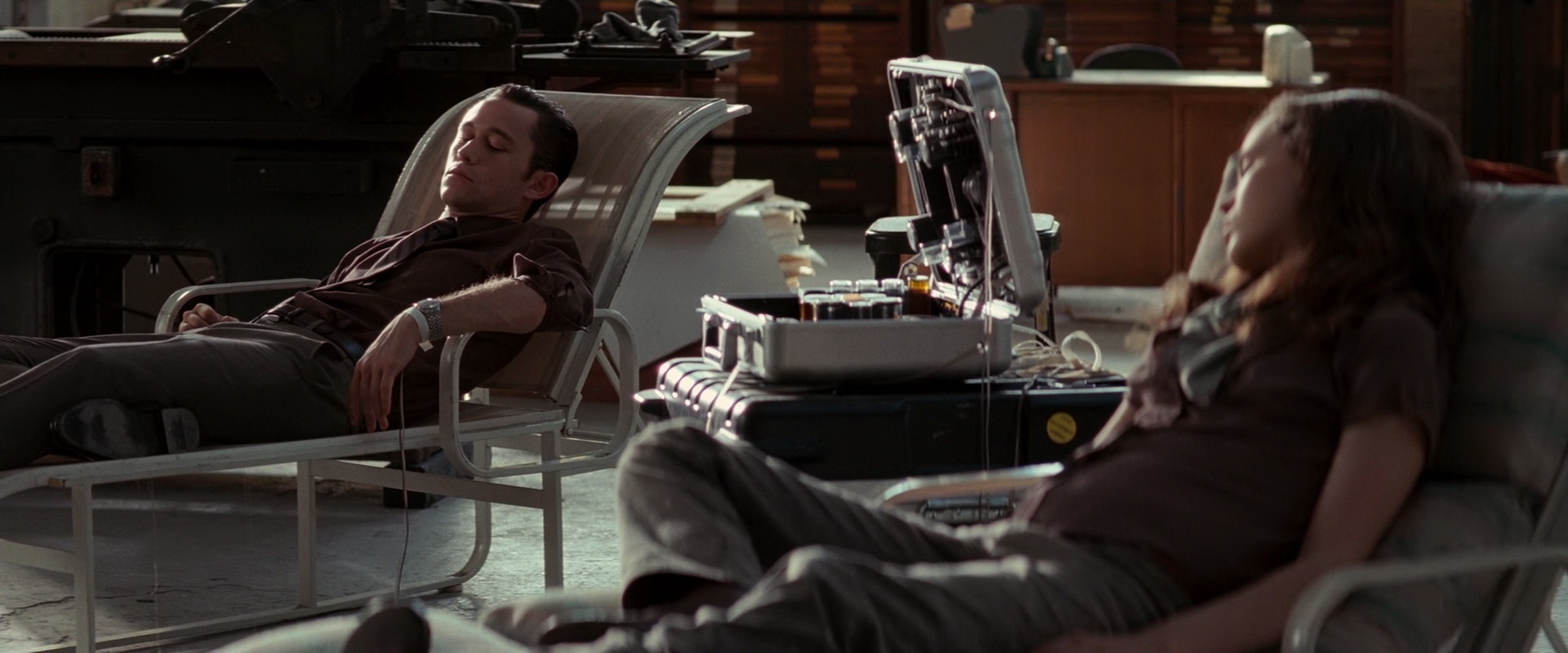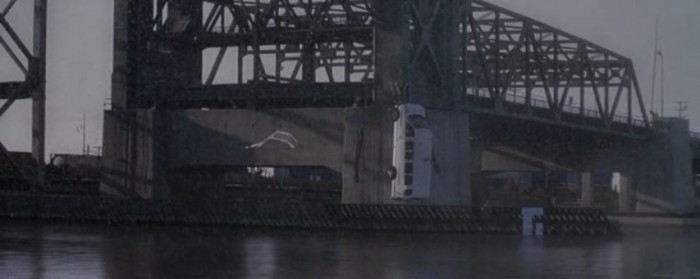
1. The viewer doesn't know the truth since there are so many layers of the dream. Are they still dreaming or are they in reality again? This is evident at the end of the film when Cobb spins his totem. We never see if it stops spinning or not. It it keeps spinning it means he's still in a dream, but if it stops then its reality. The film ends before anyone finds out.

2. There is also Intertexuality in the film. Most obvious is the Penrose stairs, used by architects as a way to create a continuous loop for their target. Penrose stairs are an optical illusion, impossible to create for real architects, but possible in the dream world.

3. The film uses techniques from multiples genres, most notably sci-fi. The Dream Machine our protagonists use is something we could only hope to create in real life, but in this film it is made a reality. The use of multiple genres is Pastiche.

4. The dream world and Limbo in Inception are both Simulacrums. They are imitations of reality, and Limbo is furthest from reality. The lower you get in the dream worlds, the more you believe it it reality. Cobb and Mal believe that when they are in Limbo, they are still in reality.

5. The plot is Linear, and uses the concept of the dream world going slower than reality (1 hour in the dream world is 5 minutes in reality). This keeps the film linear without having to resort to back and forths to tell the story. The more dream levels they go into, the slower time goes in the subsequent levels and in reality. Even though in the film it is shown as happening at the same time.

No comments:
Post a Comment